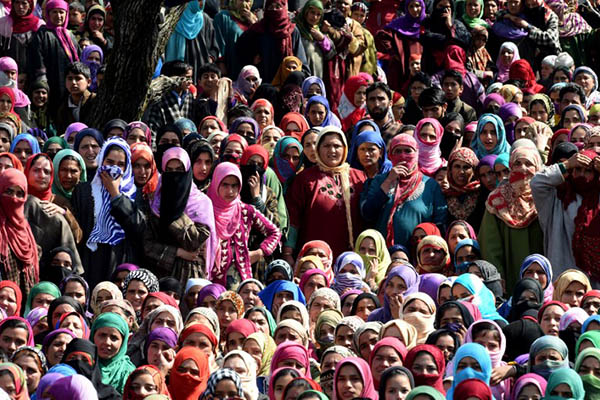
File photo. Tauseef Mustafa—AFP
Despite having one of the highest population growth rates of the South Asian region, roughly 2.5 percent, Pakistani discourse—burdened with countless other problems of governance—rarely examines the problems it could pose for the country’s future. At Partition, then-West Pakistan had a population of approximately 43 million people; this has ballooned to 241 million today, with estimates of it hitting 300 million by 2030 if its prevailing annual growth rate persists.
According to the recently concluded 7th Population and Housing Census, the number of households in the country has similarly increased from 32.2 million in 2017 to 38.34 million in 2023, though the size of households has marginally decreased from 6.45 members in 2017 to 6.3 today. The data published by the Pakistan Bureau of Statistics further indicates no real change in the provincial proportions of the national population. For comparison, the average rate of population growth for all of South Asia is 0.91 percent, while the global population is growing by just 0.79 percent.
These numbers should prove concerning for any Pakistani, especially considering the country’s perennial economic crunch and inability to ensure jobs or facilities for the people it already has. Tall claims of a large population proving a dividend, in terms of labor, have also yet to bear fruit, with unemployment among the youth at record highs. According to government estimates, the nation would need to achieve GDP growth of 9 percent—compared to last year’s growth of 0.29 percent—if it has any hope of generating employment for Pakistan’s 80-90 million people under the age of 20. This doesn’t even reckon with the problem of instability, with defense and security expenditures consistently taking precedence over education and development.
A large, unproductive population also risks stoking extremism, as has been witnessed elsewhere in the world already, especially in a country already reeling from never-ending militancy. Its abundantly clear that “Ideological” Pakistan either has no answer for, or a lack of desire to tackle, its population problem. The only viable solution is education and a concerted effort to change societal mores that do not consider the many benefits of family planning. Lacking that, Pakistan’s “youth bulge” could soon prove a liability that the country is ill-prepared to counter.
